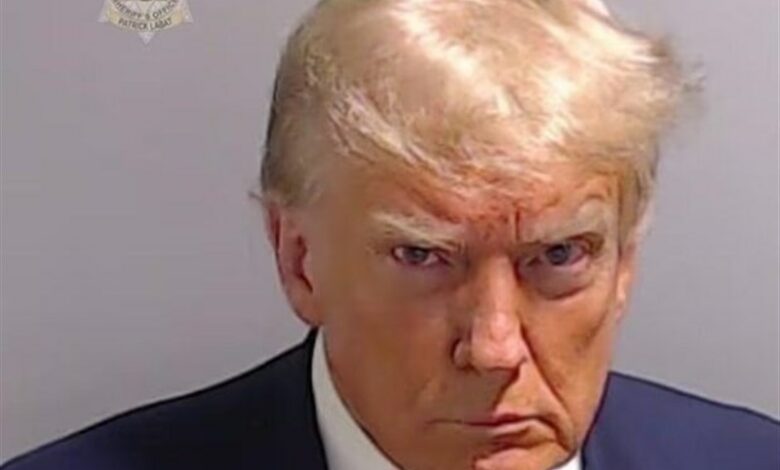The growing insecurity of NATO members in the shadow of Trump’s threats

| In the NATO military alliance, increasing insecurities have been created under the threat of Donald Trump, the Republican presidential candidate of the United States of America, and this issue has become a stimulus for accelerating the process of increasing the allies' military expenses. |
According to the international group Tasnim news agency, an Austrian newspaper “De Presse” wrote in an article: In the NATO military alliance, discussions about increasing membership fees for military expenses are increasing. Here the goal is two percent of GDP. But in the meantime, the threats of “Donald Trump”, the Republican candidate for the US presidential election, cause uncertainty among the allies. Nothing in the NATO military alliance is more controversial than the members’ defense spending. The two percent goal that allies should strive for has been mentioned time and time again. It refers to the amount of military spending as a percentage of gross domestic product (GDP). This issue has become more necessary in this Western defense alliance, especially since “Donald Trump”, the former president of the United States, has questioned his support for his allies in case of “non-payment”.
This Austrian newspaper wrote further: Defense expenditure refers to the total financial resources of the national armed forces, including personnel and equipment. NATO’s definition is rather broad, so ex-servicemen’s pensions are also part of defense spending. However, since the end of the Cold War around 1990, defense spending by NATO members has declined significantly. While a share of three to four percent of GDP was typical in the 1970s and 1980s, this fell to less than two percent for most members during the 1990s. Since then, there have been frequent debates about whether spending should be increased, which has recently also intensified due to Russia’s potential threat to eastern NATO countries.
The two percent target was originally established at the NATO summit in Prague in 2002 as a target for new NATO countries on the eve of Eastern enlargement in 2004. Based on this, it was considered that an arrangement should be made for the required defense expenses. However, after NATO countries continued to reduce their military spending in the following years, and influenced by Russia’s annexation of Crimea, the two percent target was set as a general target for all member states at the NATO summit in Wales in 2014. However, no commitment was made in the statement of this meeting. Members simply announced their intention to “get closer” to the two percent target within a decade – that is, by 2024 – while steadily increasing real military spending.
This Republican, who now wants to return to the White House, has repeatedly raised this issue in the current election campaign. In a speech in February, he said the United States under his leadership would not defend a non-paying NATO member against a Russian attack, calling into question the mutual aid commitment that underpins NATO. A month later, the Republican presidential candidate stated in an interview that as president of the United States, he would definitely stand by his allies if they played “fairly”.
This article continues: Trump has repeatedly shown in his rhetoric that other NATO members “don’t pay their bills” and want the US to finance everything. However, the debate over the two percent target is not about paying the bills at all, but simply about the level of national defense spending. The funding of NATO as an organization is not affected. Moreover, at all times in NATO’s history, US military spending has been at least double that of all other members combined. Washington’s military and financial superiority has actually been a guarantee for the security of its allies in the event of a war.
Following Russia’s attack on Ukraine in February 2022 and the possible threat to NATO’s eastern countries , several member countries are now trying to increase military spending. Of the 31 member states at that time, the goal of 2 percent was reached, and in 2024, according to initial estimates, this figure should reach 18. Even Germany, which has been very cautious about military spending for decades, has announced that it will achieve a two percent target by 2024. Likewise, this year the average value of all NATO members excluding the United States of America should reach the two percent target for the first time.
end of message/
| © | Webangah News Hub has translated this news from the source of Tasnim News Agency |


